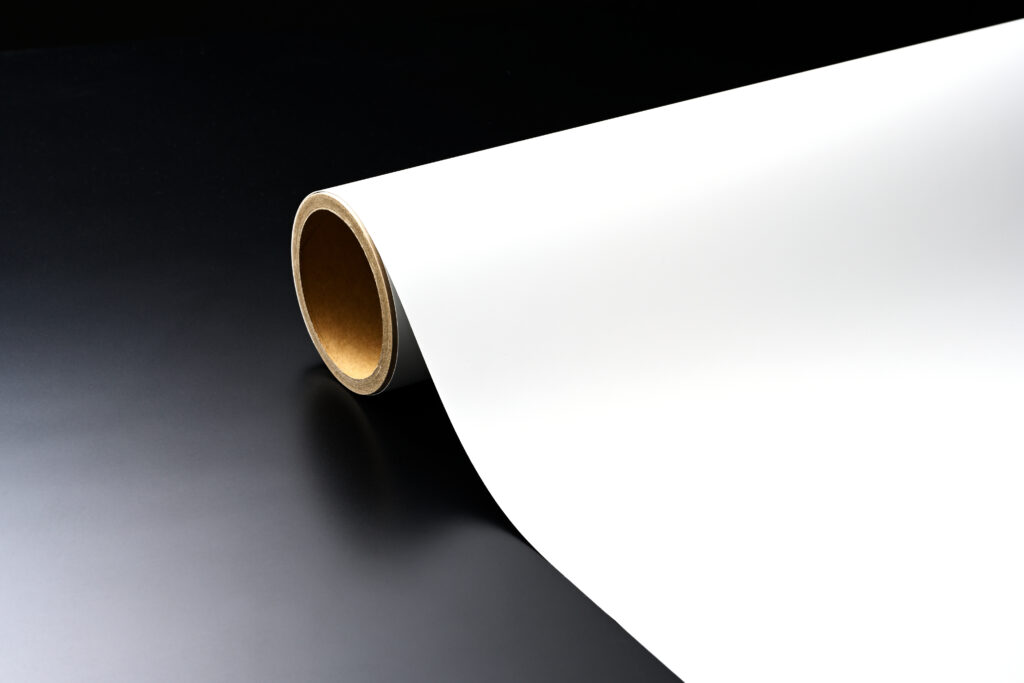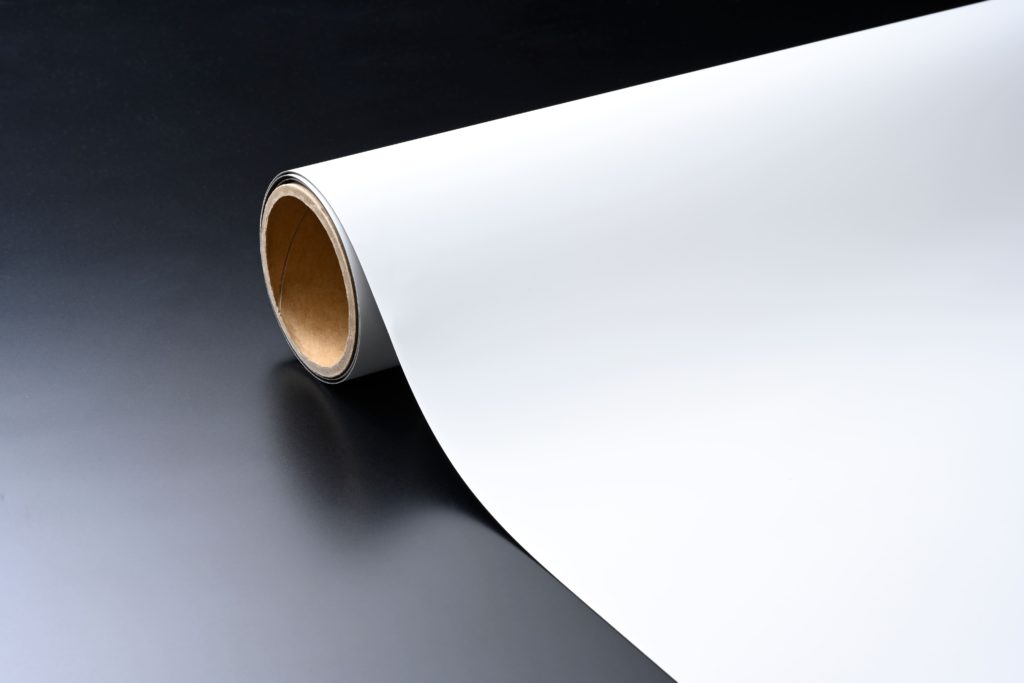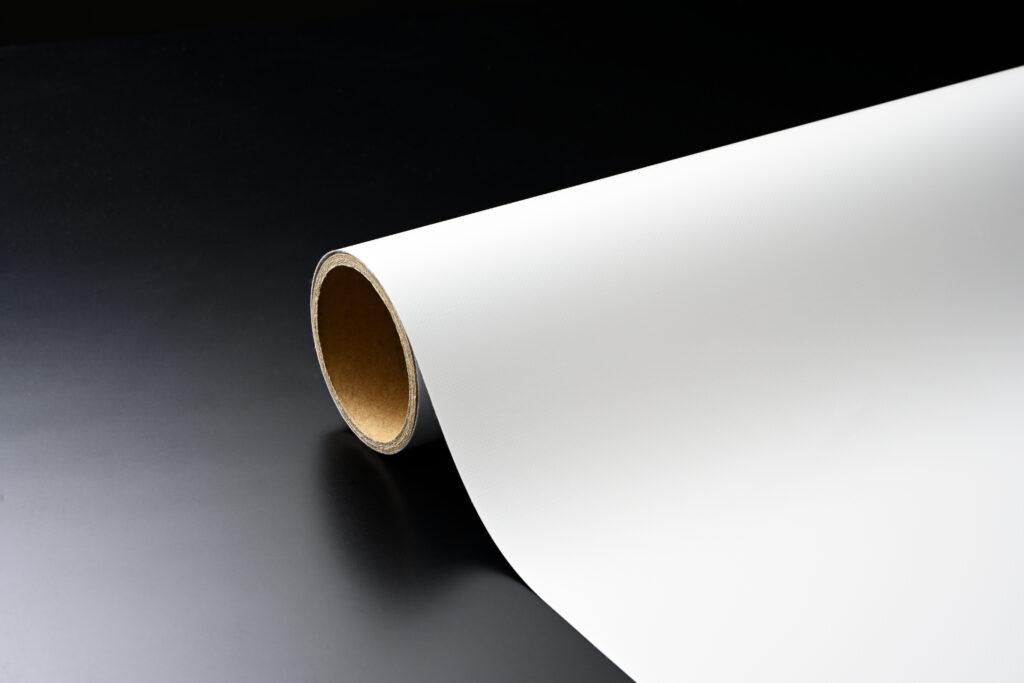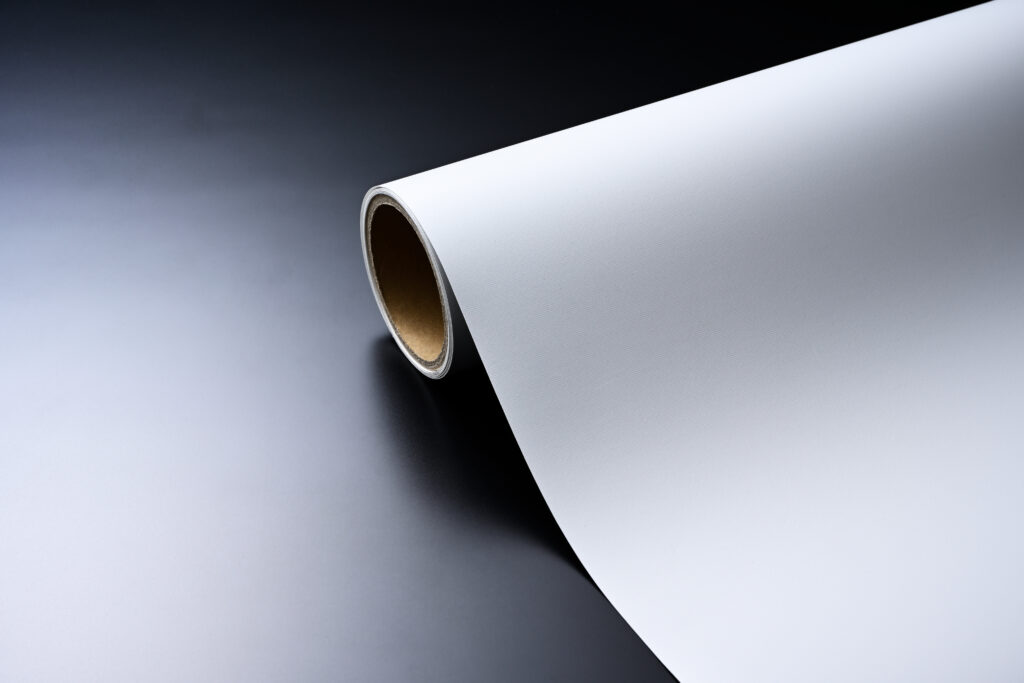Conducted a demonstration experiment utilizing the radiation cooling material “SPACECOOL” at Honda’s affiliated factory.
SPACECOOL Corporation (President: Takayuki Hoshuyama, hereinafter referred to as “SPACECOOL Co.”) announces that in cooperation with Honda R&D Co., Ltd. (President: Toshiaki Mibu, hereinafter referred to as “Honda”), a leading automaker with a state-of-the-art production facility, it has successfully demonstrated the temperature reduction and energy savings capabilities of its radiation cooling material “SPACECOOL®” (hereinafter referred to as “the material”) in a real-world factory setting at Honda’s affiliated facility, which is considered as an environmental leading factory.
Based on these results, SPACECOOL Co. plans to widely propose the use of this material in Honda Group’s domestic and international factories in 2023. It is expected that this will contribute to solving global issues such as reducing CO2 emissions and addressing climate change in the automotive industry worldwide. Additionally, SPACECOOL Co. will accelerate further product and application development to evolve and address various issues related to hot environments.
1. Position of demonstration test at affiliated factory.
The affiliated factory is aiming to become a leading environmental factory in the four-wheeled vehicle sector, with the goal of reducing its CO2 emissions, including indirect emissions, by 46% by 2030. To achieve this goal, the factory actively and fundamentally addresses environmental issues, focusing on maturing technology and building reliability. The direction of the efforts to reduce CO2 emissions at the affiliated factory is based on three pillars: 1) thorough reduction of energy consumption and waste, 2) use of clean energy, and 3) active introduction of advanced environmental technology. Among the advanced environmental technologies, a demonstration test was conducted this time using radiation cooling material.

*Reference: Excerpted from Honda provided materials.
2. Results of demonstration test at affiliated factory and potential
① Confirmed energy savings in demonstration environment
We measured the cooling power consumption of three types of containers in the summer: one with the material applied, one with heat-insulating and thermal insulation paint applied, and one regular container. As a result, we confirmed a 33% reduction in power consumption compared to the container with heat-insulating and thermal insulation paint applied, and a 46% reduction compared to the regular container. We confirmed that by preventing the temperature increase of the container surface and blocking the heat from entering the interior, energy consumption for cooling can be reduced by using the material. Based on this effect, it is estimated that there is a potential for a maximum 2% reduction in CO2 emissions if the material is implemented in large-scale automobile production factories compared to traditional technologies (heat-insulating paint).

*Reference: Excerpted from Honda provided materials.
② Overview of demonstration test at affiliated factory
The material was applied to the exterior walls and roof of the passageways between buildings at the affiliated factory (Figure 3), and the temperature of the exterior walls was measured in both the areas where the material was applied and where it was not. As a result, it was found that the temperature of the exterior walls was reduced by approximately 15℃ during the hottest time of the day when the air conditioning was not in operation (Figure 4).

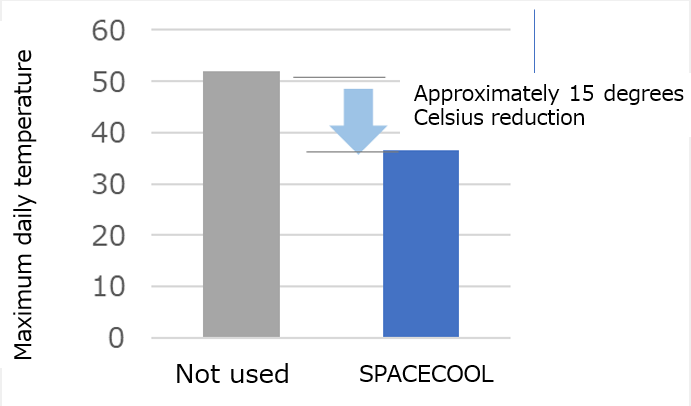
*Reference: Excerpted from Honda provided materials.
SPACECOOL Co. and Honda have been working together on the development of the material with the aim of utilizing it in various environments, and have confirmed its compatibility with multiple substrates and completed verification of its implementability at the factory level. In the future, we will promote the introduction of this material to Honda Group’s factories both in Japan and abroad, and contribute to solving global issues such as reducing CO2 emissions and addressing climate change in the automotive industry worldwide.
3. About radiation cooling material "SPACECOOL®"
This material is not only able to block and reduce the absorption of heat from direct sunlight and the atmosphere, but also uses the principle of radiation cooling technology to radiate heat into the universe, allowing for a cooling effect without the use of energy (Figure 5). It is a radiation cooling material*¹ that can lower the temperature even under direct sunlight.
In the summer of 2020, Osaka Gas, the developer of this material, conducted a demonstration experiment and confirmed that under direct sunlight, the surface temperature of the material was approximately 6*² degrees Celsius lower than the ambient temperature, thus achieving the world’s highest level*³ of radiation cooling performance.

*1:By using Osaka Gas’s proprietary radiation cooling technology, this material design suppresses solar heat input and enhances heat radiation (the phenomenon by which heat from a heated object is carried as electromagnetic waves or light) to achieve the cooling effect.
*2:The measurement was conducted at Osaka Gas Energy Technology Research Institute in Konohana-ku, Osaka City (the ambient temperature at the time of measurement was approximately 35 degrees Celsius).The temperature on the backside of the steel plate with the radiation cooling material applied was measured.
*3:Based on research conducted by our company and Osaka Gas, using publicly available papers.
Company Overview
| Company name | SPACECOOL INC. |
|---|---|
| Establishment | April 1st, 2021 |
| Address | Toranomon, 1 Chome−17−1, Toranomon Hills Business Tower, 4F, 1 Chome Toranomon, Minato City, Tokyo JP |
| Representative | Takayuki Hoshuyama |
| Business activities | Manufacturing and sales of radiation cooling material SPACECOOL® |
| Shareholders | WiL Fund II, L.P. 51%, Osaka Gas Inc. 49% |
| Website | https://www.spacecool.jp/ |
| Contact | https://www.spacecool.jp/contact2/ |
Overview of Honda
| Company Name | Honda R&D Co., Ltd |
|---|---|
| Established | September 1948 |
| Headquarters | 2-1-1 Minami-Aoyama, Minato-ku, Tokyo |
| Representative | Director and President, Toshihiro Mibe |
| Main products | Motorcycles, Automobiles, Power Products |
| Website | https://www.honda.co.jp/ |
